Methods for dealing with red growths on linden leaves
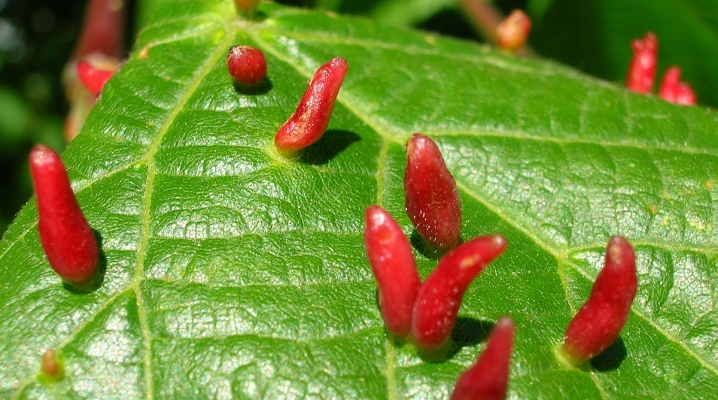
Most often, young lindens are susceptible to diseases. This is especially true for plants that are close to the roadway, because exhaust gases and impurities weaken the tree. Over the years, they develop a kind of immunity that protects trees from diseases and pests. One of the most common diseases is leaf gall mites.
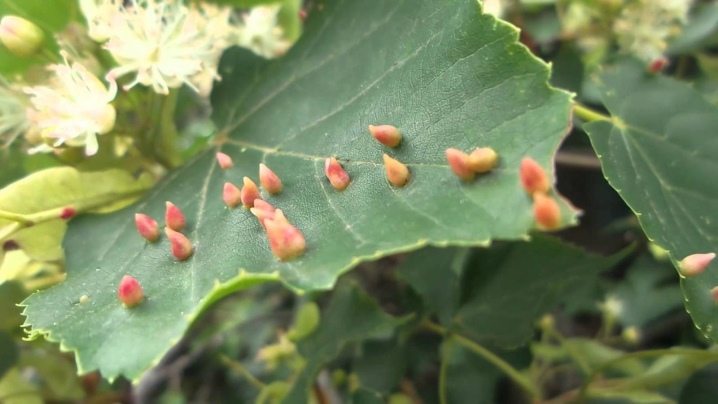
What it is?
Many, when red growths appear on linden leaves, are perplexed about what it is and how to deal with the disease. This phenomenon indicates the appearance of linden gall mites on the tree. Visually, this is manifested in the appearance of elongated processes and red warts on the leaves. Tiny mites most often appear on large-leaved linden trees. They feed on plant cells, which causes the leaves to deform, dry out and lose their beneficial properties. Red "horns" are formed as a result of insect bites.
These formations, in other words, galls, serve as a kind of nests for the vital activity of parasites - they reproduce and develop larvae inside the red thorns. Red sprouts can appear not only on linden trees, but also on other garden trees.
It should be noted that gall mite is a very prolific insect, if several outgrowths have appeared on the leaves, very soon the disease will take over the entire tree. Therefore, at the first appearance on the leaves of red or white thorns, bumps, suspicious spots or dots, you must immediately take action. The earlier you start the fight, the easier it is to defeat the disease. What's more, if buds appear on one plant, chances are good that the mite will spread to other plants in the garden.
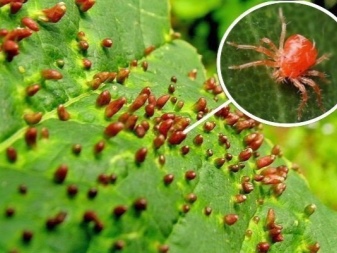
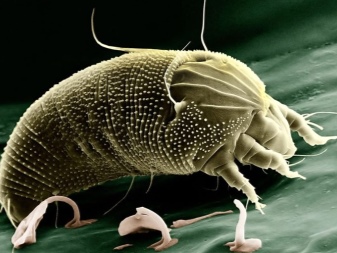
How to deal with the problem?
In order to protect the plants, you need to take action in time. Wherein it is necessary to treat the plant not when galls have already formed, but during the appearance of ticks. The fact is that the parasites are not viable at low temperatures, they appear on the leaves in May-June, maximum - until the beginning of July, depending on the climate in the region. It is at this time that the struggle must begin.
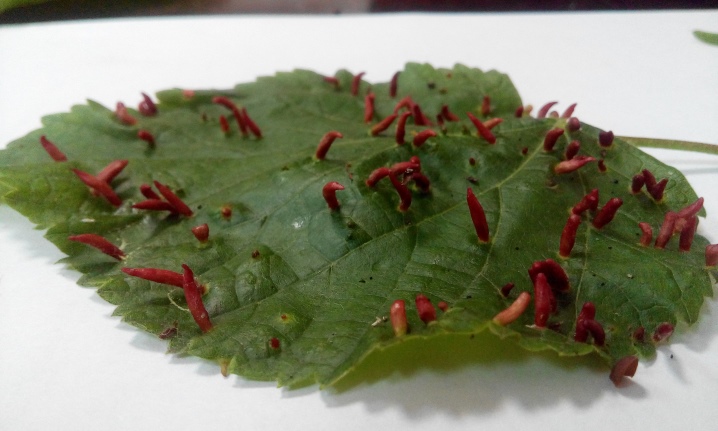
Fundamental rules
The most important thing in tick control is to take action on time. At first, when the disease first appeared, it is quite easy to overcome it. However, in the early stages, the tick is very difficult to recognize, since the red growths on the linden do not appear immediately; at first, the leaves turn yellow, there is less chlorophyll in them, they can deform. Another sign of infection is the bumps on the surface of the foliage, at first they do not change color. Gradually, they stretch in length and acquire a white or red tint.
It is equally important to choose the right methods of struggle. Treatment must be carried out in a comprehensive manner.
First, it is necessary to process the tree by means of a system action. Processing must be repeated several times with a short break.
In addition to spraying, it is advisable to use other means of control. For example, you can pre-vaccinate young lindens from a tick or injections with a special preparation.
There are also physical methods of dealing with a tick. In the event that the disease has already affected the tree, and galls have formed on the leaves, you can simply tear off the infected leaves if there are few of them. But this does not always give the desired result, since the tick spreads very quickly.It is possible to attract wasp wasps to the garden, which feed on tick larvae. You can lure insects by planting dill, caraway seeds, coriander and other similar plants.

Necessary funds
The following remedies can be used to treat diseased linden leaves:
- "Akreks";
- "Karbofos";
- Apollo;
- "Fufanon";
- "Nitrafen";
- Ditox;
- "Vertimek";
- Aktelik;
- "Karate Zeon";
- Fitoverm.
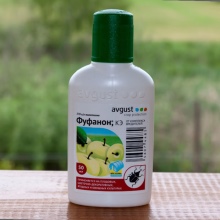
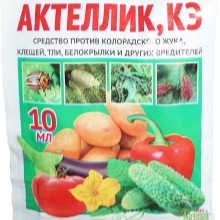
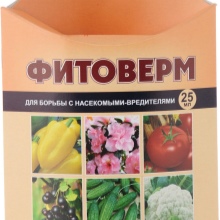
Plants need to be processed several times per season, but it should be borne in mind that almost all drugs are very toxic. If galls are formed on fruit trees, it will be possible to eat the fruits only 2-3 weeks after processing. The same goes for linden. It is not recommended to collect the leaves until the parasites are completely eliminated, especially since the infected plant loses its beneficial properties.
It is not advisable to treat linden with toxic substances during flowering. It is equally important to periodically change the product.
One drug can be used no more than 2 times. The gall mite adapts very well, and if the plant is sprayed with the same substance for several weeks, it can develop immunity, and further struggle will not bring the desired results. It is better not to vaccinate and inject trees on your own, without consulting a specialist, since this is a rather complicated process, and the result may be the opposite of the desired one.
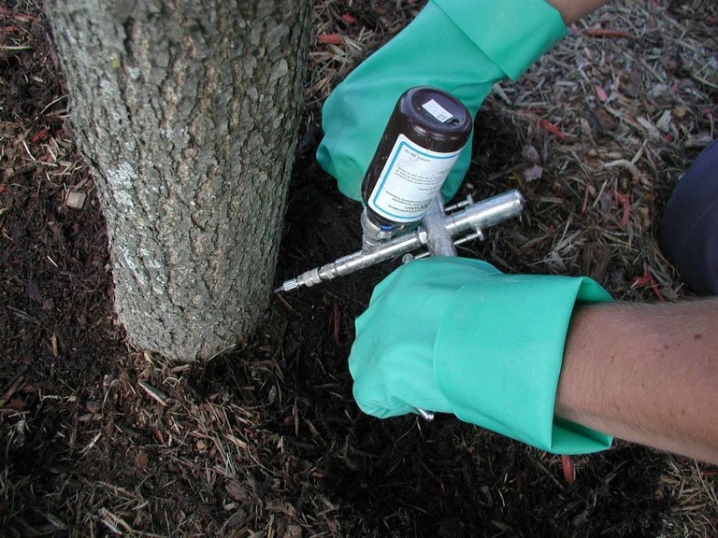
Processing technology
It is very important to choose the right poison. If you use an unsuitable remedy for a spider mite or other type of pest, then the disease will not only not go away, but it may even worsen. For a guaranteed result, when choosing a suitable product, you must consult a specialist. The drugs are sold in ampoules.
The product should be diluted in proportions of 2 ml to 2 liters of water. If the infection is already strong, then the poison can be diluted in proportions of 1 ml per 1 liter of water.
More powerful and toxic agents are diluted in proportions of 3 ml per 10 liters. To obtain the correct solution, follow the instructions on the package.
The solution is sprayed onto damaged plants using a special spray bottle. It is important to remember that damaged leaves, on which red growths have formed, cannot return to their previous appearance. Particularly damaged and deformed leaf plates can be torn off (while the total volume of torn leaves should be no more than 12-15%), and the remaining foliage can be treated with a solution.
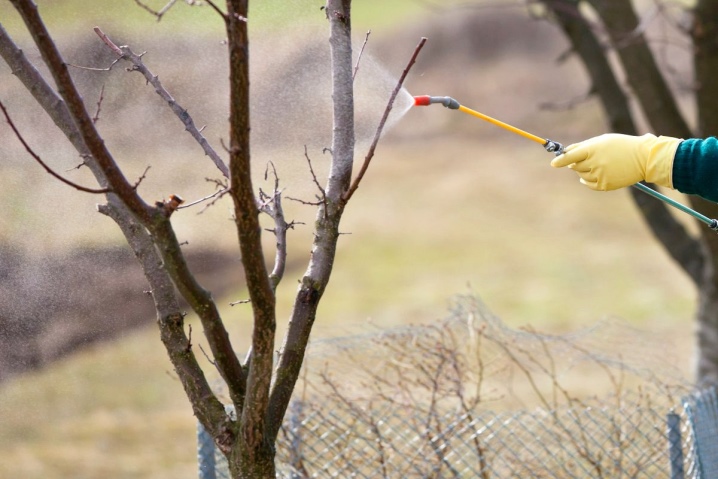
Prevention measures
The most reliable way to deal with gall mites is to take timely preventive measures. To do this, you need to periodically treat the trees with chemicals at an early stage, preferably at the time of budding. Then the insects will not have time to spread over a large area and infect the crown of the tree.
When processing, it is very important to protect the skin, eyes, respiratory organs. For this, tight, closed clothing with sleeves, rubber gloves, a respirator and goggles are suitable. Those who nevertheless started the fight against the disease late, need to destroy the torn and fallen infected leaves. Best to burn, as the heat will definitely kill the mites and larvae.
It is equally important to properly care for the linden tree - fertilize the plants, feed them and cut off dry branches and leaves in time.
Experienced gardeners cultivate and plant the plants regularly, according to the plan, 2 times a year. Such precautions allow many years not to encounter pests. The best time to fight a tick is spring and autumn, when the parasite does not have protective galls.

Gall mite is practically harmless to humans. Its main harm is that the parasite spoil the crown of the tree. Not only does the tree lose its aesthetic appearance, damaged linden leaves cannot be used for medicinal purposes, and if the disease is not treated, the tree may eventually die.Constant care of trees, removal of dry leaves, top dressing and the use of mineral fertilizers will strengthen young lindens and help them develop immunity.
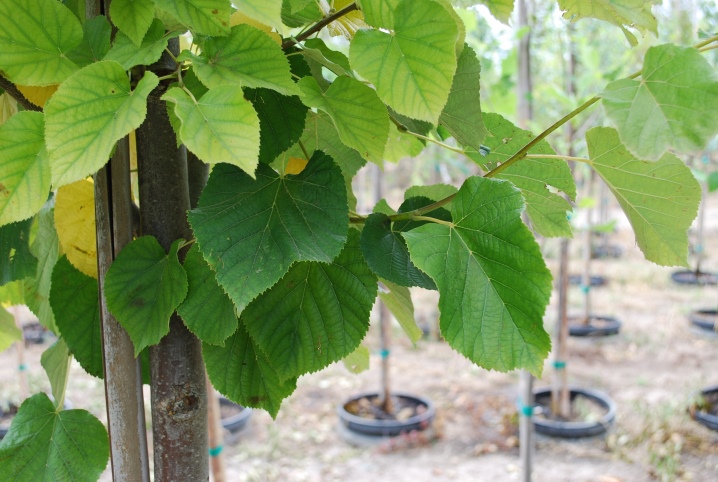



































































The comment was sent successfully.